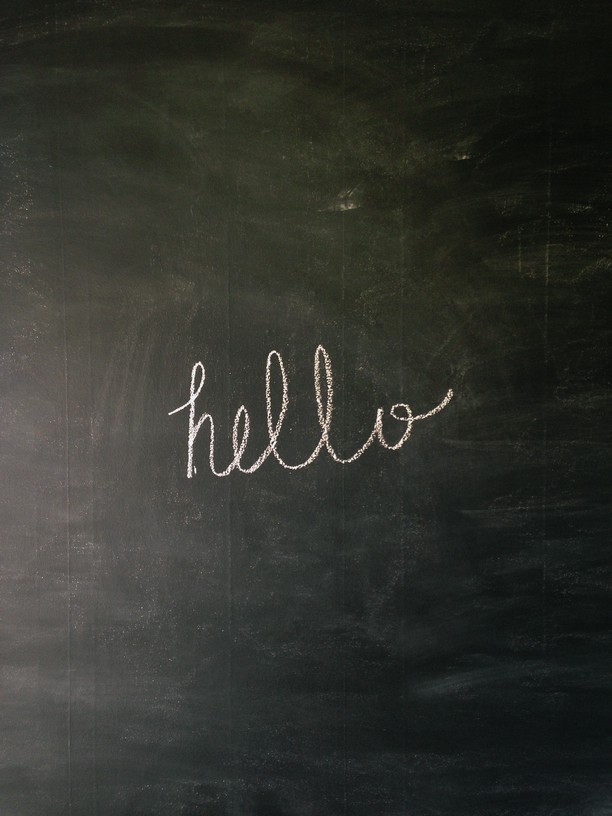Maria Montessori, founder of the Montessori philosophy, believed that language is what separates humans from all other species. She saw language as innate and part of the basic nature of humans to express themselves. Because of this, the Montessori language arts curriculum begins as soon as a child enters the Montessori environment and is an essential part of the core activities provided in the Children’s House.
Montessori recognized that children have two distinct periods for language development: from birth to about 5-years-old and again from about 7-years-old to 9-years-old. During the first window of language development, children are more aware of the sensorial aspects of language and grow from repetition of simple sounds. From birth, children are exposed to the sounds and speech patterns present in their home environment. Before a child utters their first word, they have listened closely to learn the sounds of their family and native language. As toddlers, children begin to understand that all things have a name or label, and as they grow, children develop an interest in elements of shape and sound. Finally, a child begins to build the ability to read and write and continues the exploration of communicating meaning.
The Children’s House environment at Chesapeake Montessori School provides daily exposure to language through conversations and literacy activities. Two of the core language activities provided for children are sandpaper letters and metal insets. Each activity is presented to children in a specific fashion that aids in facilitating the overall learning process.
The purpose of the sandpaper letters activity is to facilitate children in learning the sound and shape of letters in the alphabet with a multi-sensory approach as well as to help them gain a muscular memory of the shape of letters as an introduction to writing.
Letters of the alphabet are cut out of fine sandpaper and mounted on a sturdy background. Vowels are displayed on a blue background and consonants on a pink background. Letters are mounted so that there is enough space on each side to keep them steady and so they are able to be used by right-handed or left-handed children. Simple, lower-case, cursive letters are used.
The goal of metal insets is to help the child learn how to grip and guide a writing instrument, experience the effects of applying pressure on a pencil, and hone the ability to control writing movements while changing directions and maintaining one continuous stroke. The activity has seven presentations that increase in difficulty beginning with simply tracing the shapes and moves to the gradation, design and superimposition of shapes and colors.
Two stands with a sloping back and a narrow cornice at the bottom are used to rest ten metal frames with matching metal insets. The square frames are pink and the insets are blue. Each inset has knob to facilitate holding it. The insets are square, triangle, oval, pentagon, rectangle, circle, trapezoid, quatrefoil and curvilinear.
The first presentation begins as the child is encouraged to hold the pencil correctly and trace the shape within the frame onto a piece of white paper that is the same size as the frame. Next, the frame is removed and the inset is placed onto the paper, covering the shape the child has already traced. The child will now utilize another color pencil to trace the inset. The activity continues through the additional six presentations.
This is the third post as part a monthly series that will explore core activities and materials found in Montessori Children’s House environments in the areas of sensorial, math, language, practical life and culture. Please check back with us next month as we conclude the series and provide a more in-depth look at practical life activities.


